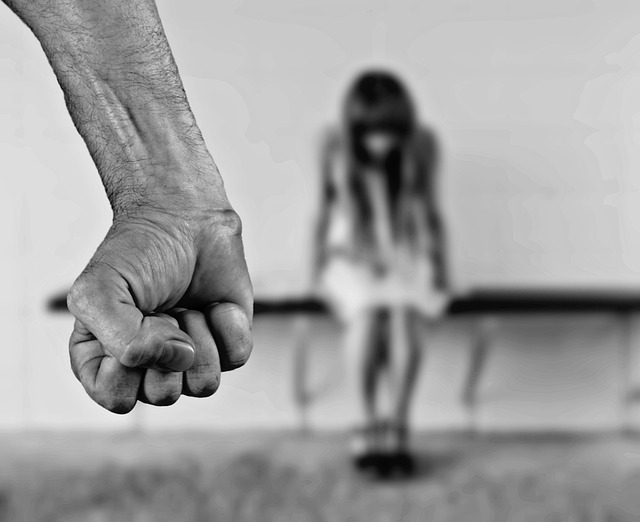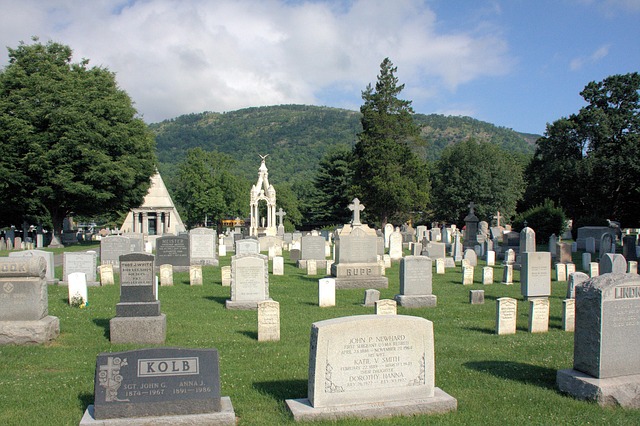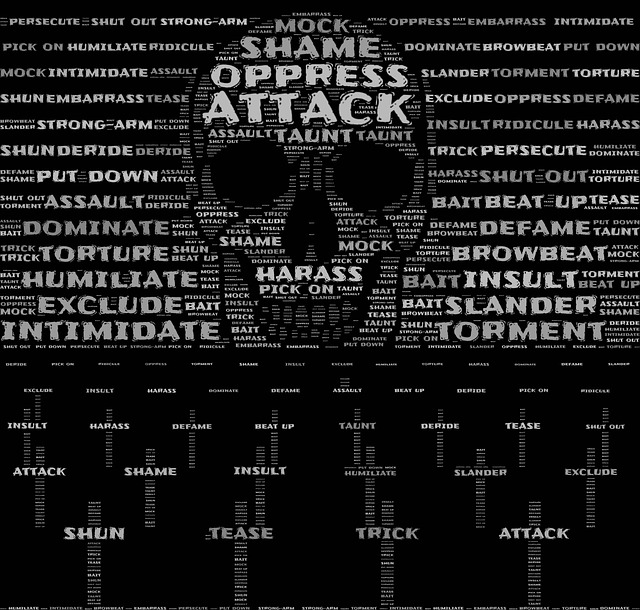Uncovering historical abuse patterns at Shelterwood Academy is crucial for accountability and preventing future tragedies. Allegations and survivor stories reveal systemic issues, with leadership decisions shaping policies that either promote or hinder potential abuse. Effective leadership prioritizes student welfare through safety measures, open communication, and staff accountability, fostering an environment of trust. Legal implications include liability for injuries and trauma, emphasizing the importance of holding institutions accountable to prevent future abuses and encourage victim disclosure.
“Unveiling the dark history of Shelterwood Academy, this article delves into the systemic abuse that has plagued this educational institution. By examining historical patterns, we shed light on the failure of leadership to protect students. We explore the legal implications and argue for greater accountability in holding shelters accountable for child abuse.
This comprehensive analysis aims to raise awareness, ensure transparency, and contribute to a crucial dialogue on preventing such atrocities in future.”
- Uncovering Shelterwood Academy's Historical Abuse Patterns
- The Role of Leadership in Protecting Students
- Legal Implications and Holding Institutions Accountable
Uncovering Shelterwood Academy's Historical Abuse Patterns

Uncovering the historical abuse patterns at Shelterwood Academy is a crucial step in holding the institution accountable for past transgressions. Over the years, numerous allegations and incidents have come to light, shedding a disturbing light on the school’s handling of student welfare. From physical assaults to emotional neglect, survivors have bravely shared their stories, revealing a culture that prioritized power dynamics over student safety.
Research indicates consistent themes of abuse across different eras, suggesting systemic issues within Shelterwood Academy’s leadership and policies. By examining these historical patterns, experts can identify recurring failures and advocate for meaningful reforms to prevent future occurrences. It is imperative to learn from the past and ensure that such atrocities are never repeated, fostering a safe and supportive environment for all students.
The Role of Leadership in Protecting Students

Effective leadership plays a pivotal role in creating a safe and nurturing environment for students, especially within educational institutions like Shelterwood Academy. The top management has a direct impact on establishing policies and practices that either foster or prevent potential abuse. A strong leadership team must prioritize student welfare by implementing robust safety measures, promoting open communication, and ensuring staff accountability.
When leaders demonstrate a commitment to transparency and integrity, they create a culture where students feel empowered to speak out against any form of misconduct or abuse. Regular training sessions for staff on recognizing and reporting suspicious activities are essential. By fostering an environment of trust and empathy, Shelterwood Academy’s leadership can effectively navigate the complex issue of student protection, ensuring that every child receives the care and respect they deserve, thus minimizing the risk of abuse.
Legal Implications and Holding Institutions Accountable

The legal implications of Shelterwood Academy abuse cases are significant, as they involve a duty of care and potential negligence on the part of the institution. If it can be proven that the academy failed to protect students from harm, it may be held liable for any resulting injuries or trauma. This includes emotional distress, physical harm, and even long-term psychological effects stemming from abuse while under their supervision.
Holding institutions like Shelterwood Academy accountable is crucial to ensuring transparency and preventing future abuses. It sends a strong message that such acts will not be tolerated and encourages victims to come forward. Legal actions can also lead to much-needed reforms in institutional policies and practices, creating safer environments for vulnerable individuals within their care.
In light of the disturbing historical abuse patterns at Shelterwood Academy, it is imperative that institutions like this one are held accountable. The article has explored how leadership failures and systemic issues contributed to a culture of abuse, and legal implications must be considered to ensure justice for victims. By examining these cases, we can push for stronger protections and transparency in educational settings, fostering an environment where students’ well-being is paramount. Holding Shelterwood Academy and similar institutions accountable is a crucial step towards healing and preventing future tragedies.
